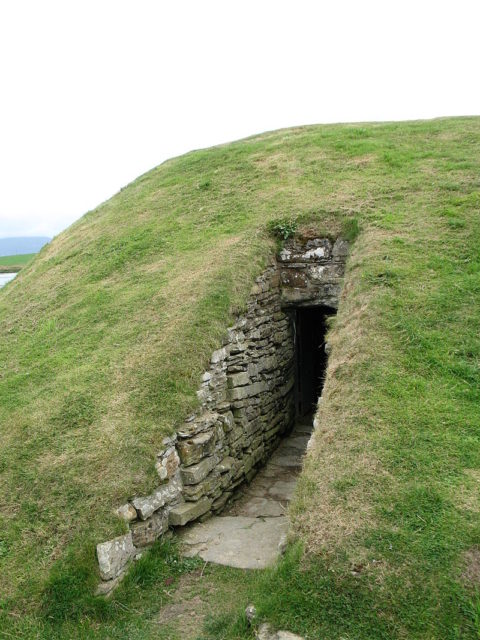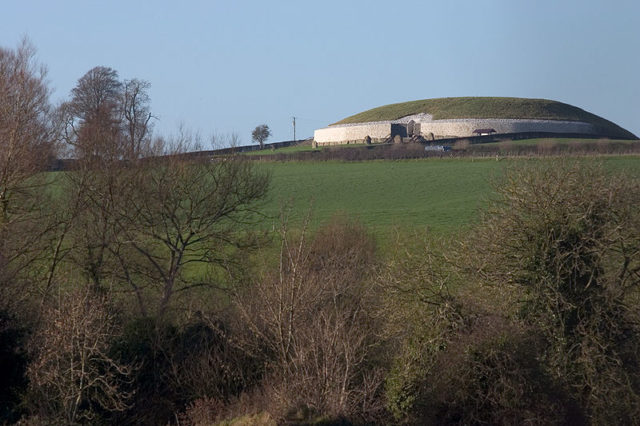New forensic examination of bones from an ancient gravesite on the Orkney Isles in Great Britain has revealed a rather grisly habit of Stone Age peoples. What researchers have learned suggests that these people would deliberately deflesh and dismember family members before laying their remains to rest in a communal burial site.
Bones of the Stone Age islanders show clear scrapes and chop marks. This suggests that they were rendered into smaller pieces by family members, the experts believe. The point of this was to remove the person’s individuality, as the dead were considered as a collective group rather than a separate person to be remembered.

These new insights have been revealed by Dr. Rebecca Crozier from the University of the Philippines. Researchers often argue about finds where dismemberment has been discovered in gravesites, and all they can offer is a theory about what may have happened.
In some cases, it may have been part of a ritualistic burial rite. In some megalithic tombs, skulls and bones have been arranged in patterns. Unorthodox burial rites from ancient times were more common than we think.

Dr. Crozier is a specialist in human osteology, which is a forensic, mortuary, and archaeological field of study. The Orkney Islands off northeastern Scotland are famous for their Neolithic sites. The Neolithic period was a time of using stone tools and the start of dependence on domesticated plants and animals. Pottery and weaving were appearing and permanent villages were being settled, so it was a time of change and new innovations.
The islands have nearly 72 tombs, called cairns, that have been dated back to 4,000 BC. Dr. Crozier has been studying two tombs at Quoyness and Quanterness; in the process, she has analyzed over 12,000 bone fragments that have been previously excavated. Her studies will continue to build up a more comprehensive idea of who was buried in such a manner, and hopefully, her research will shed some light on why it was done.

On one island of the Orkney Island group are huge stone monuments that mark the area where the burial sites lie. The whole complex of tombs, ditches, and banks of the henge and standing stones on the island of Mainland show a glimpse into the Neolithic age in a site that is remarkably well-preserved.
These ceremonial, domestic, and burial practices remain here as evidence of a now-vanished culture which is thought to have given rise to such wonders as Stonehenge.